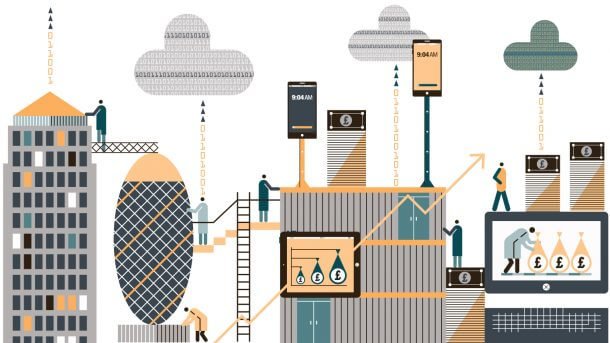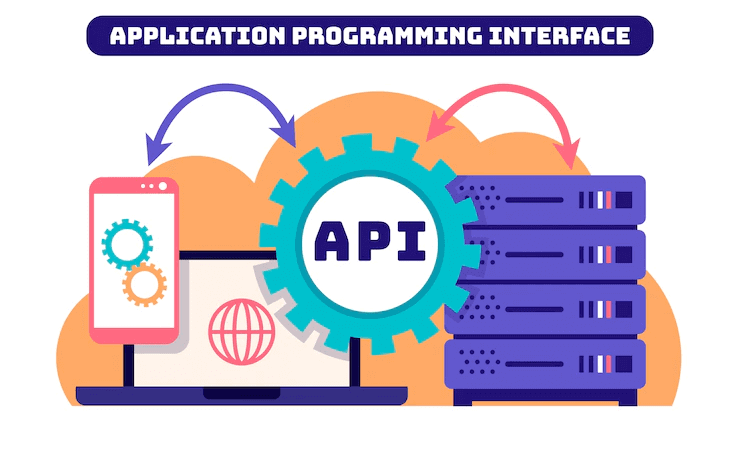The challenge for banks is to break paradigms and create digital trust

The growth in the popularity of mobile banking and payment applications , which has prompted a greater participation of companies in the fintech segment , imposes a new challenge on traditional banks to bring their services as close as possible to users by taking advantage of new digital tools, that allow you to comply with current regulations, but also provide confidence to users about the use of their personal data.
One of the key pieces in digital banking applications is the digital onboarding process , which basically refers to the process in charge of facilitating the contracting of financial services by users remotely . This process can be as complicated or simple as determined by the bank itself, in accordance with the regulation and the digital tools it implements.
You can read: Crypto, Fintech and NFT have transformed the financial system
Currently, the regulation in Mexico adopted by the National Banking and Securities Commission (CNBV) already allows the opening of accounts remotely, using the technology present in smartphones , which includes the capture of biometric data such as fingerprints or the face.
According to Alicia Trejo, IQSEC security sales enablement supervisor , users currently have the conditions “to have branches as close as the palm of their hand”, while banks are ready for the “development of digital banking”, he stated in interview with DPL News .
He explained that although the regulatory framework in Mexico already allows the remote opening of accounts since 2017, there is still a problem in the sector for the reliable capture of user data . In this sense, ” the challenge that banks have is to really offer a remote contracting service in a competitive and user-focused manner, with a 100 percent digital user and contracting experience .”
The requirements established by law vary depending on the type of account you want to open. Currently, level 1 and 2 accounts, with deposit limit amounts of 750 and 3 thousand UDIs (Investment Units) per month, respectively, have the fewest requirements, as they are lower risk accounts.
However, level 3 and 4 accounts, with deposit limits of 10,000 UDIs and unlimited, present the biggest challenge for traditional banking, as users demand access to new digital solutions that do not depend on visits to the branch.
“The challenge is for traditional banking, to break the paradigm of the physical and the face-to-face, to be sure that I will have legal security in my operations and with digital confidence”, he pointed out.
We recommend: Secure Access Service Edge, the new trend in security in the Cloud
Just as today you must sign a series of forms or provide certain information that correctly identifies you, banks can already count on “remote means that can prove that that person is who they say they are, without risk of identity theft, in line with the best international practices and with the current regulatory framework to avoid economic, reputational, legal, or cybersecurity risks,” Trejo said.
Among the requirements, up to 42 steps are listed that the user must take to open an account , which is why it is estimated that more than 68 percent of bank account openings can take more than 5 minutes and up to 20 minutes. This could discourage users from opening on their phone and preferring to go to a physical branch to carry out the procedure.
Trejo assured that “when there is a competitive solution”, this process can be reduced in up to half the time. “If we put the customer at the center, as a bank it would be important to ensure that this experience was not tortuous, but that there was as little interaction as possible and that this less interaction would allow us to continue to comply 100 percent with the regulatory framework,” he added.
Having these types of tools would allow banks to accelerate their digital transformation processes to be closer to their customers, which in turn would help them face the growing competition from neo-banks or the fintech segment , he considered.
This transformation is not born solely from the strategy of the banks, but it is a process that the market is already demanding from them. In this regard, the executive pointed to the closure of branches that was registered in 2020 of more than 5 percent, with an initial estimate of up to 8 percent for 2021.
To achieve a better customer experience in line with the bank’s strategy, Trejo explained that IQSEC is based on “compliance by design”, that is, the solution is designed until the steps to follow to comply with regulatory requirements are verified. and a customer-friendly interface can be achieved.
“Here the challenge is that the banks already have implemented the solutions for the four levels of bank accounts and remote contracting, because the regulatory framework already allows it, the technological solutions provide legal and computer security, and nothing else is a matter of the existence of the investment,” he added.
Technological challenge to create trust
Alicia Trejo, IQSEC executive , also recognized that there are challenges to bring digital banking applications closer to users, such as the lack of Internet access, which currently reaches 78 percent of the urban population and close to 50 percent of the rural population, in addition to the availability of smart devices and their capabilities.
Until now, most biometric data capture processes are based on fingerprints, which allow banks to verify a person’s identity through databases such as the National Electoral Institute (INE) . However, Trejo also indicated that there is a technological challenge for its capture due to the different ranges of phones held by users.
For now, the regulation requires that the degree of coincidence of the fingerprint is at least greater than 90 percent.
As part of the efforts of the industry and authorities to achieve a reliable and secure biometric data capture that is better adapted to the available technology, Alicia Trejo explained that different alternatives are being explored, among which facial capture has proven to be more reliable. on mobile devices.
The most recent report on mobile payments from the GSMA revealed that lack of trust in bank agents is the main reason why mobile users do not use mobile payment platforms .
In this regard, Trejo considered that the correct integration of the directives of the regulators and the laws on the protection of personal data within digital solutions would allow banks to offer an adequate design of the privacy of their solutions, and thus increase the certainty of user operations.
“The formation of digital trust is a great challenge, especially in a country where we have experienced so many problems in the leakage of personal data”, therefore, for its construction “traceability and transparency regarding the solution” is required.






